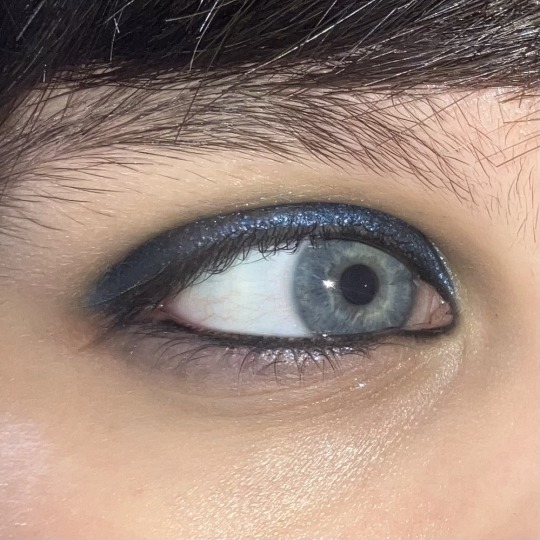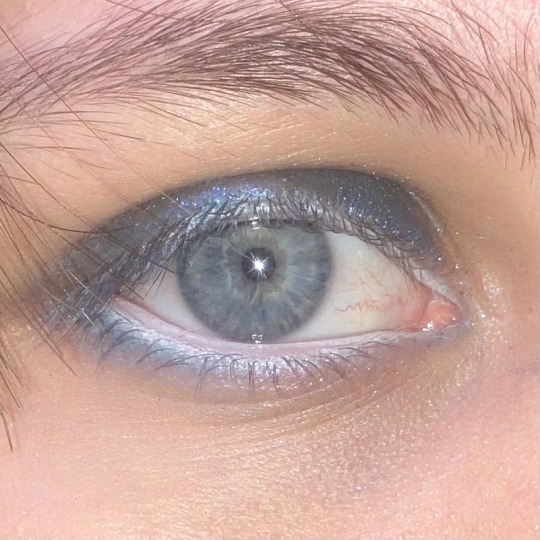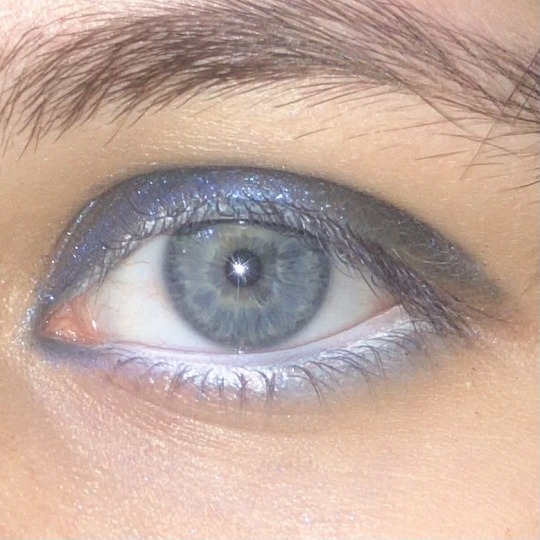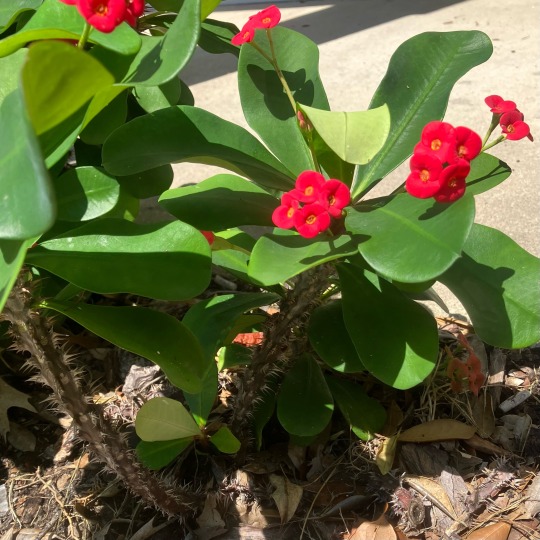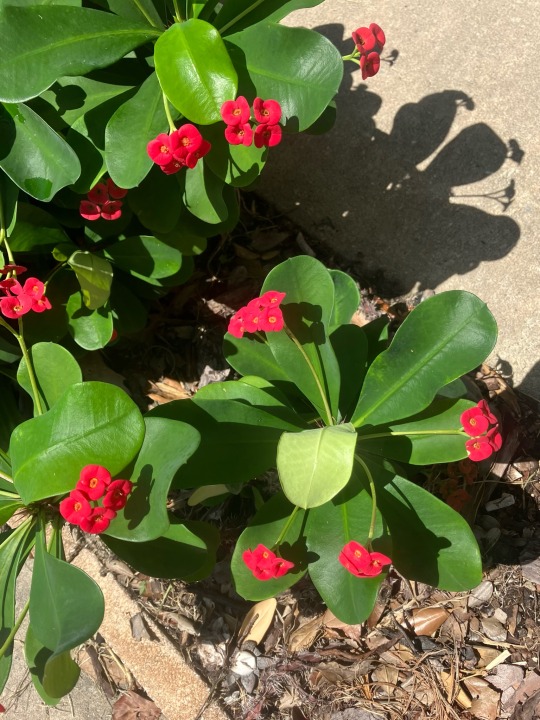Text


2 notes
·
View notes
Text


1 note
·
View note
Text

1 note
·
View note
Text

1 note
·
View note
Text
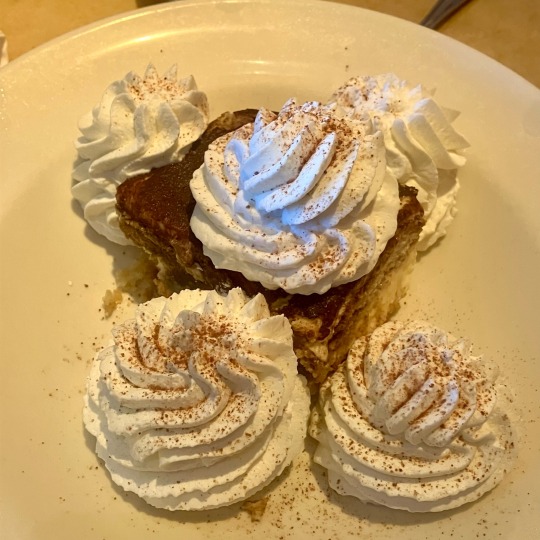

1 note
·
View note
Photo

yo whaddup ive been gone for a bit sorry bout that
But I just saw some star wars anatomy posts by @thatfunkyopossum and it awoke an ancient star wars headcannon demon in my brain so here’s a diagram I drew up months ago on how I figure togruta’s crazy skulls work
Anyway the way I (and many others) figure they work is that the montral/lekku system is what serves as ears for them. Kinda like human ears, there’s a bit of a transfer system involved, but unlike humans, togruta have all this on the outside.
It starts at the top with the most sensitive sound receptors, travels down to the secondary receptors for clarity, and are dampened in the bigger chambers at the sides of the head. Most of the system is bone-protected except for those chambers, which just have cartilage.
As for the rest of the lekku I imagine it’s largely vestigial from when they used to gather auditory information through the ground, but they now serve as feelers and secondary sex characteristics. The one on the back doesn’t help so much with hearing as it does with communication, which is why I’m focusing on the front two.
But!! Because we’ve been blessed with Ahsoka Tano we can also see how it develops as a togruta grows up!!!! Which I also made diagrams for. I’ve slid some extra stages in there tho cause there isn’t any footage of togruta newborns.

At birth, the hearing organ is like a cushy lil helmet for the skull. They have an extra fontanel that wraps over the top of the organ, but it’s soft for now because. I can’t imagine giving birth to horns is fun. As the baby grows, this second fontanel will harden and fuse with the forehead to make a fancy little pocket for the organ, which will become the montral. Right now the baby’s hearing is very limited and the organ serves as more of a pillow than a hearing device.
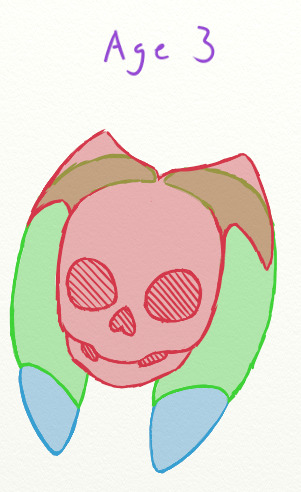
By age 3, the hearing organ still isn’t very sophisticated, but has receded slightly from the top of the head for the leetle babby horns to grow around it. As such, the second fontanel has fully fused to the skull, but is still mostly soft. In some Togruta cultures, this is when they start helping the horns along by gently molding them over time. The lekku have also started to grow, but won’t be very long. At this age, their hearing still isn’t great but they can hear enough to start to pick up on language.
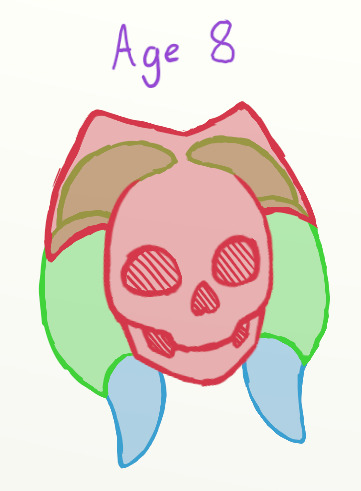
By age 8, the montral has fully hardened. Around now is when the secondary hearing organ becomes distinct and cinches off of the dampening organ, which tends to swell after this. Their hearing improves drastically as a result and their mastery of language will usually follow, but they won’t hear much from far away. The lekku are still short, but usually begin to curve away from the skull so as not to interfere with neck movement.
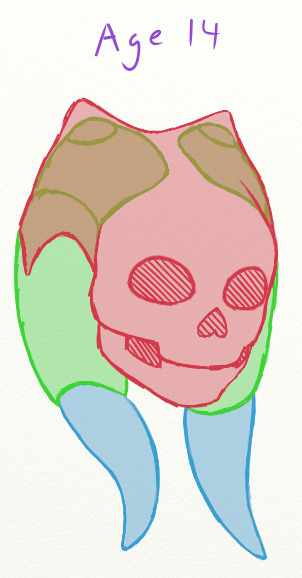
I imagine Togruta as generally longer lived than humans, and as such, puberty goes a little slower. At 14, they usually haven’t quite hit it yet, but are preparing for a hell of a growth spurt. The primary and most sensitive sound receptors have begun to form, and we start to see the lekku become longer. At this point, they can hear everything a human can hear and don’t have as much of a problem with hearing over distances anymore.
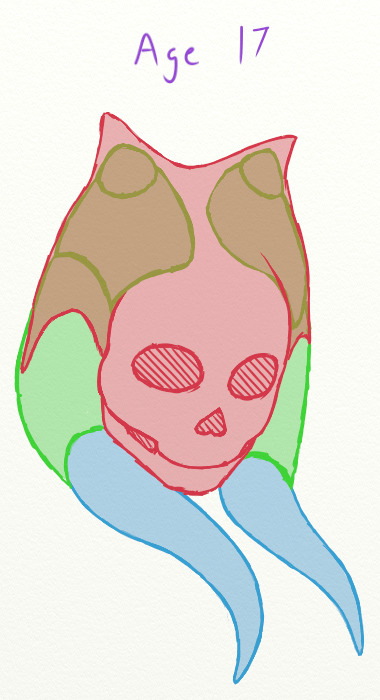
At 17, puberty is in full swing and the horns and lekku become much bigger. The primary sound receptors grow with the horns and the togruta can now hear some sounds that humans cannot. The lekku of togruta men don’t tend to grow much longer after about this length, but their montral keep going. Predictably, balance is usually a struggle at this age.

And at 25 the auditory system is mostly complete. For togruta women the lekku usually continue to grow with age, but sometimes they stop here. All their auditory receptors are fully grown at this point and can perceive lower and quieter sounds than humans. Whatever their sex is, the bones in the montral will continue to grow throughout their lives, but their growth tends to slow significantly after this.

This is the longest the sound system can take to fully mature. At this point the horns will continue to grow and the receptors may move a little to accommodate, but their development is complete. Togruta can now hear the fullest range of sound they ever will.
Thank you for coming to my TED talk, pic references are under the cut
Keep reading
3K notes
·
View notes
Text

2 notes
·
View notes
Text




5 notes
·
View notes

